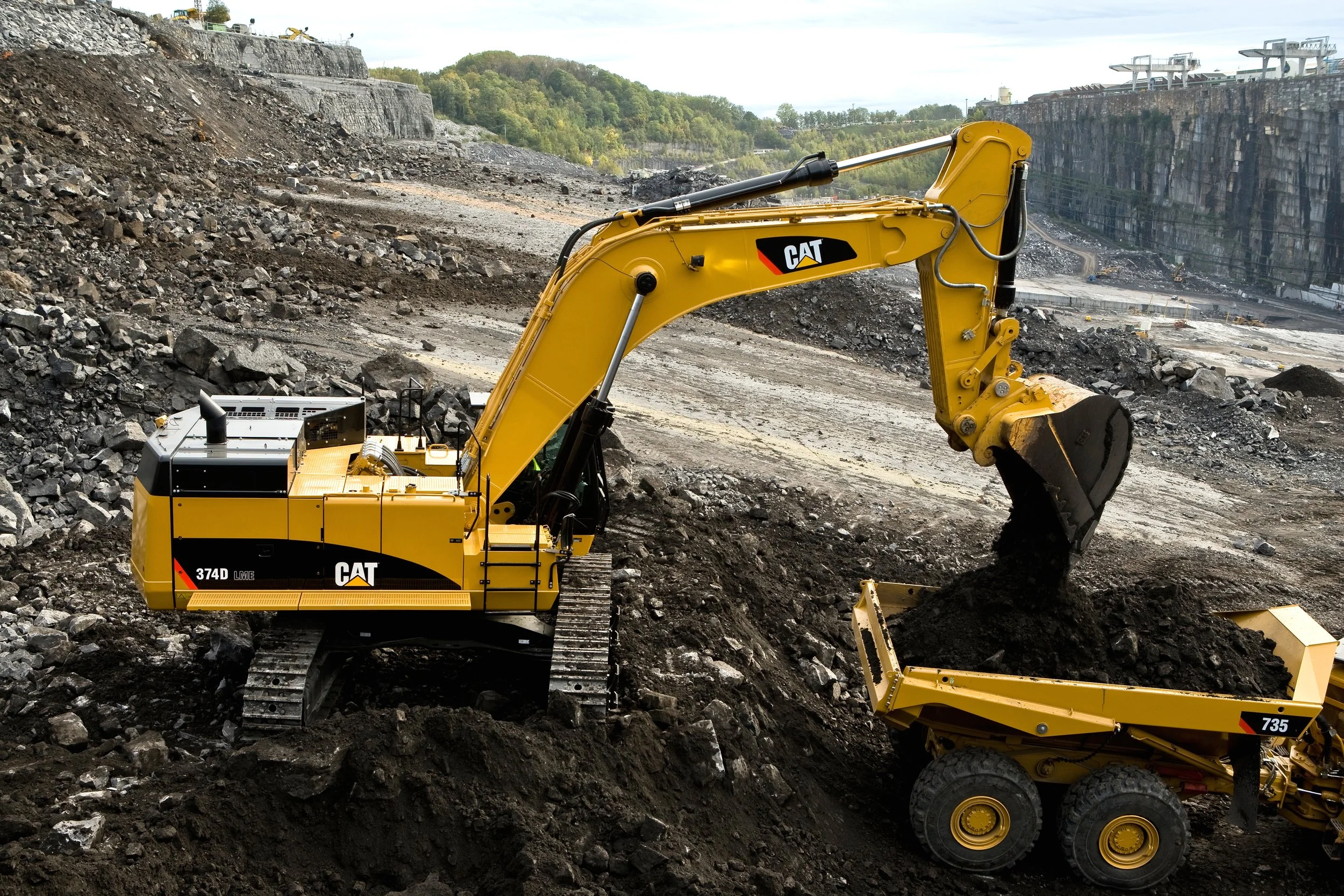
Inside Atlas Air’s Invisible Empire of Global Freight
Atlas Air operates behind the logos you already know—Amazon, DHL, UPS, and even the U.S. military. From its fleet of Boeing 747s and 777s, the company provides the global lift others depend on, moving over 350,000 block hours of freight each year without a single consumer-facing route. By leasing aircraft, crews, and maintenance to the world’s biggest logistics networks, Atlas turned utilization itself into a business model. In an industry built on branding, Atlas Air built an empire by being invisible—and indispensable.

Qatar Airways Cargo: Scale with Control
Qatar Airways Cargo has quietly become one of the most powerful forces in global air freight. From its single hub in Doha, it moves over 1.6 million tonnes of cargo each year using just 28 freighters and the belly space of its passenger fleet. What makes it exceptional is not scale but control—high utilization, disciplined fleet management, and digital precision that turn geography into margin. While competitors expand outward, Qatar builds inward, refining every tonne of lift until efficiency itself becomes a competitive advantage.

Emirates Sky cargo and the hub that never sleeps
Emirates SkyCargo doesn’t compete on fleet size; it competes on rhythm. From its twin hubs in Dubai, the airline moves over 2.2 million tonnes of freight each year using just 12 freighters and the belly space of its passenger network. By turning scheduled flights into a global cargo relay and running aircraft nearly 20 hours per day, SkyCargo has built one of the most efficient and profitable air-freight systems in the world. This is how Emirates transformed geographic advantage, digital precision, and hybrid fleet design into a logistics engine that rivals FedEx and UPS without matching their scale.

DHL Aviation and the Discipline of Global Express
DHL Aviation is a tri-hub express network built to protect Time Definite yield. Leipzig, Hong Kong, and Cincinnati anchor 700 plus daily flights and a fleet north of 300 aircraft. Express delivered €25.134B revenue and €3.084B EBIT in FY2024, a 12.3 percent margin, with a twin-heavy 777F long haul spine, minute-level hub sequencing, integrated brokerage, and capacity that flexes without breaking frequency.
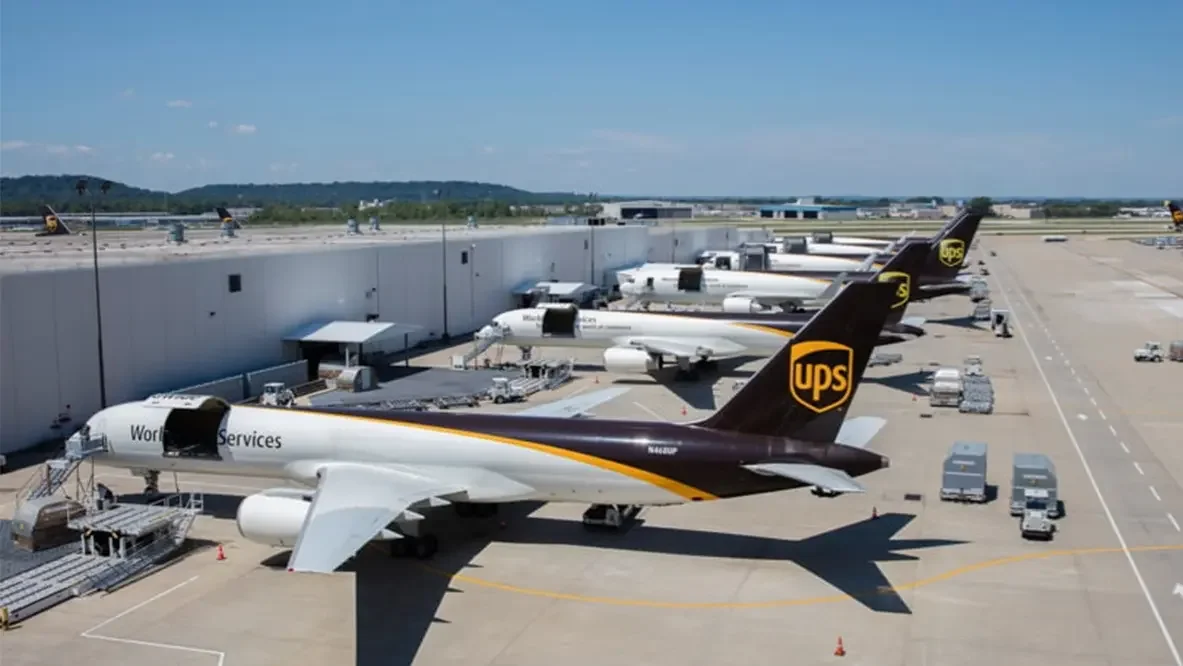
UPS Airlines and the Discipline of Integrated Air
UPS Airlines is not designed to be the biggest player in air cargo. It is built to be the most predictable. With nearly 300 aircraft, the Worldport super hub capable of handling over 400,000 parcels an hour, and technology like ORION and AI-driven planning, UPS turns speed into a financial product. In 2024, its small-package segment generated $61.3 billion with margins of 10% in the U.S. and over 20% internationally. By focusing on density, healthcare logistics, and disciplined fleet economics, UPS Airlines has created a moat where predictability itself is the profit engine.
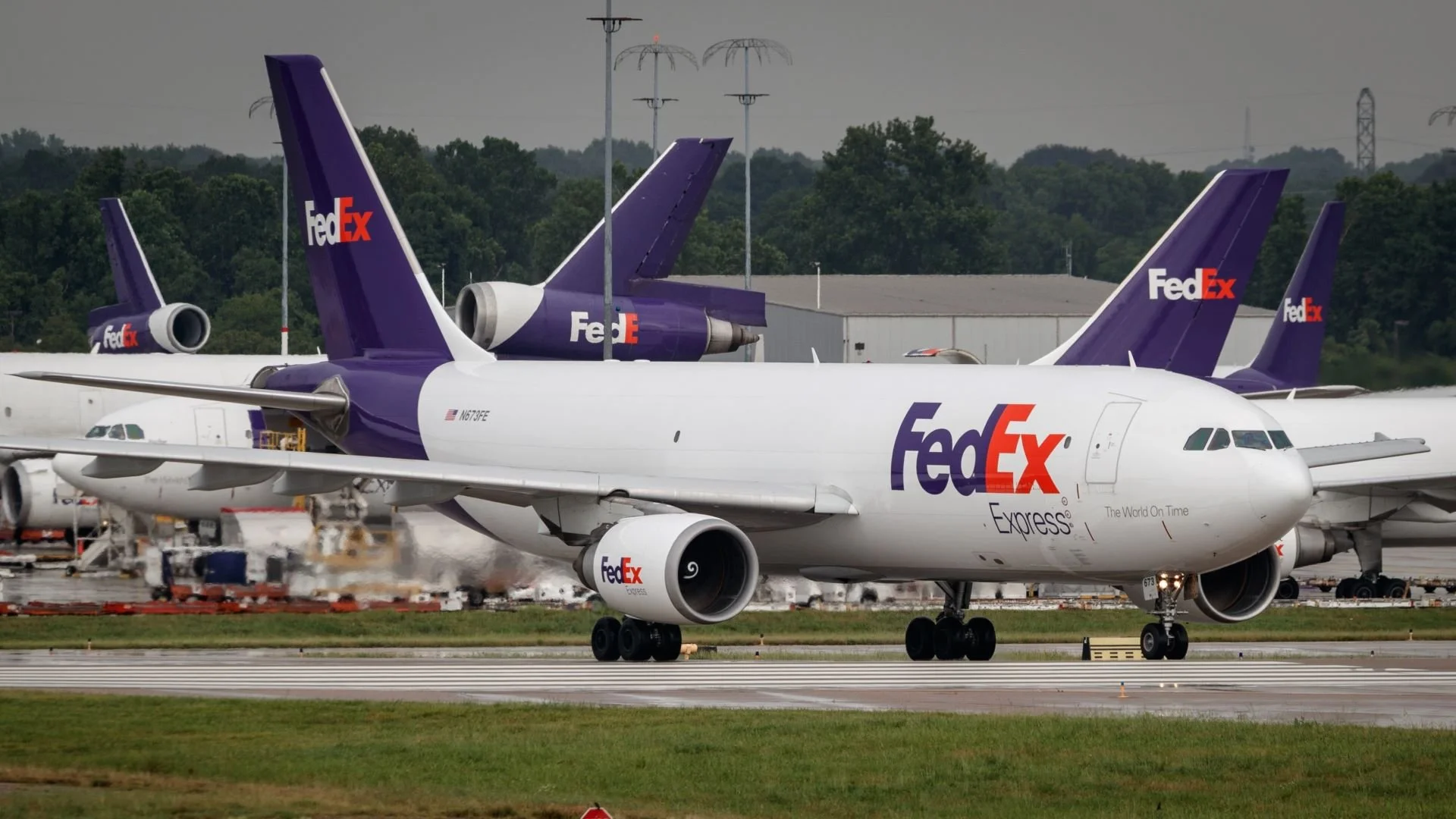
FedEx Express: The Hub-and-Spoke That Runs Global Trade
FedEx Express is the world’s largest cargo airline, moving 16.5 billion ton-miles annually with a fleet of 710 aircraft and revenues of $42 billion. At the heart of its moat is Memphis, a hub that sorts nearly 2 million parcels nightly. The hub-and-spoke model gives FedEx predictable cadence, in contrast to fragile point-to-point systems like Southwest’s 2022 collapse. Combined with fleet modernization, IoT visibility tools, and a pledge to be carbon neutral by 2040, FedEx Express shows how scale and rhythm turn air cargo into a logistics operating system.
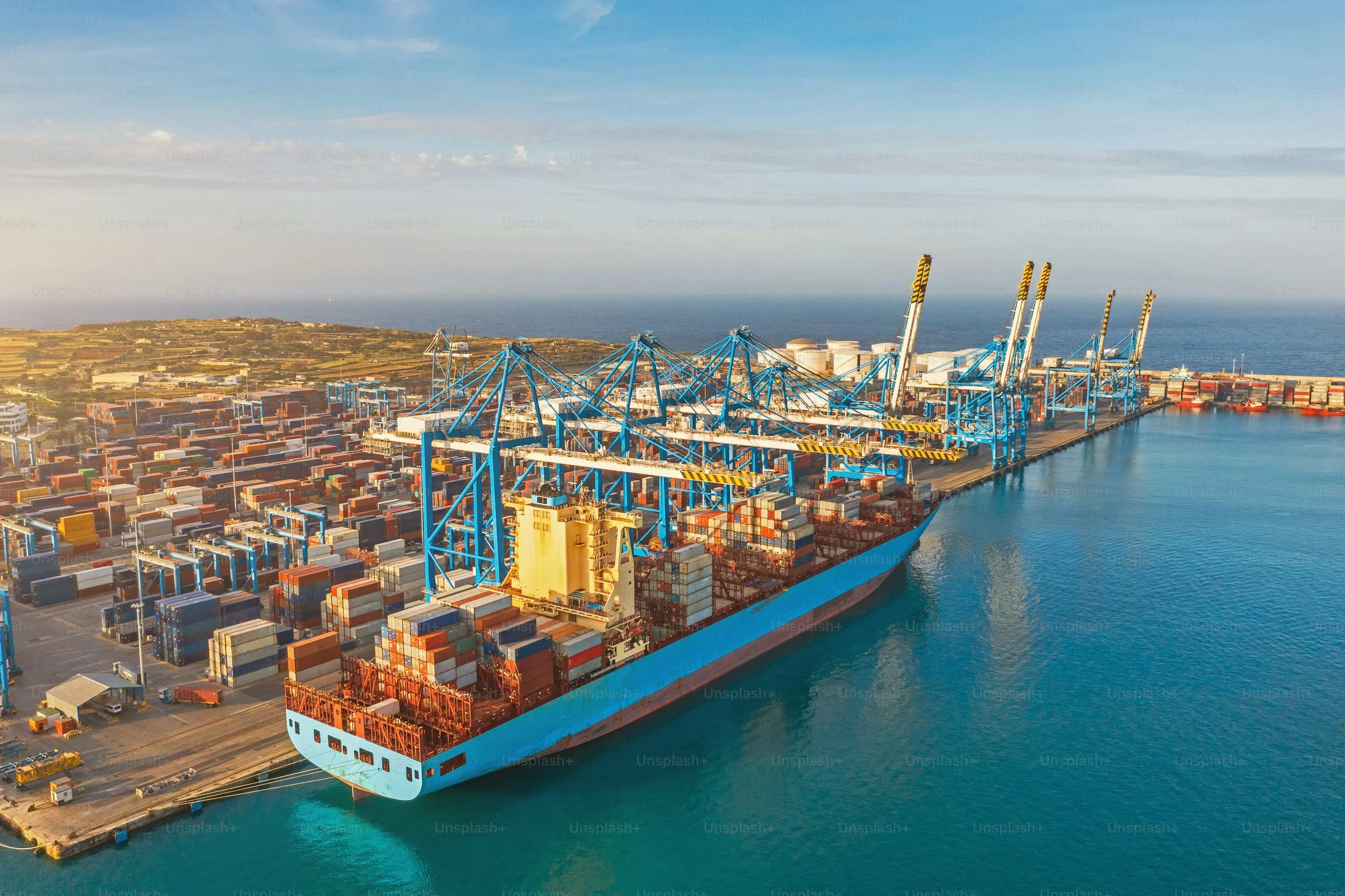
Global Port Operators Wrap-Up: How Scale, Ecosystems, and Policy Create Moats
Global port operators handle more than 325 million TEUs annually, shaping one-quarter of world trade. PSA relies on cadence and automation, DP World builds ecosystems, Hutchison scales without stickiness, SIPG fuses throughput with state policy, and POLA adapts through digitization and sustainability. The lesson: scale alone is fragile. The future belongs to operators that turn infrastructure into systems—bundling services, building digital platforms, and decarbonizing operations to lock in customers and stabilize margins.
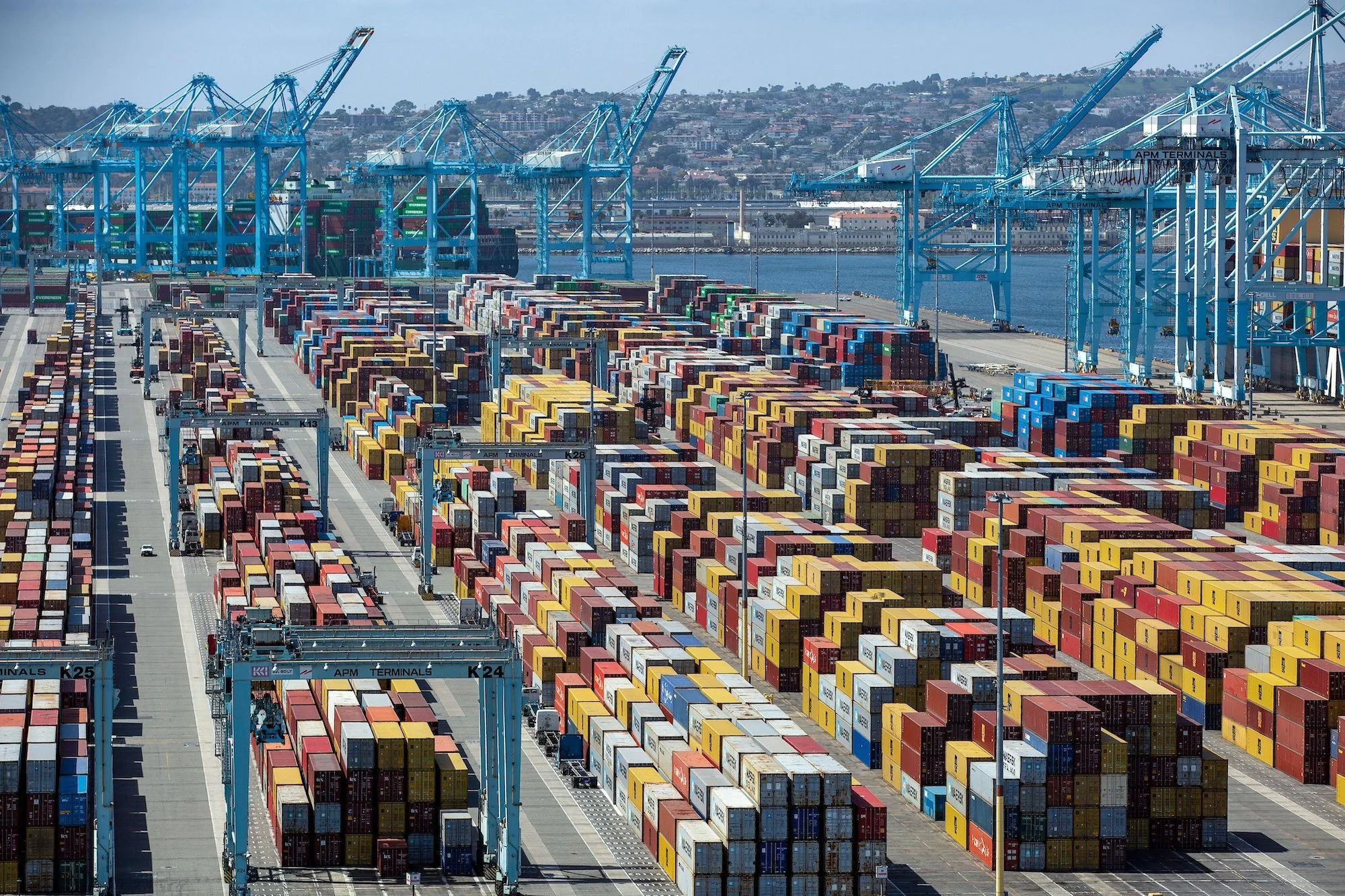
Port of Los Angeles: America’s Gateway to the Pacific
The Port of Los Angeles is the busiest container port in the U.S., moving 8.6 million TEUs in 2024. With $632 million in revenues and an estimated $400 billion in economic impact, it anchors America’s Pacific trade. But POLA faces challenges: cargo diversions to East Coast ports, labor disputes, and regulatory costs. Its competitive strategy centers on digitization through Port Optimizer, infrastructure expansion, and a zero-emissions pledge by 2035. Unlike global operators like DP World or PSA, POLA is a public landlord port, balancing trade, jobs, and policy mandates under intense pressure.

Shanghai International Port Group: Scale as a Strategic Asset
Shanghai International Port Group (SIPG) is the operator of the Port of Shanghai, the busiest container hub in the world. In 2024, SIPG handled 49 million TEUs, generated $6.7 billion in revenue, and delivered margins near 30%. Its flagship Yangshan Deep-Water Port is the world’s largest automated terminal, combining AI-driven yard systems with electrified equipment. SIPG’s moat is not diversification like DP World or automation portfolios like PSA, but scale and alignment with China’s national policy. That makes it both a commercial operator and a strategic asset.

Hutchison Ports: Scale Without Visibility in Global Trade
Hutchison Ports is one of the world’s largest port operators, handling 85 million TEUs in 2024 across 52 ports. Backed by CK Hutchison Holdings, it generates over $10 billion in revenue with margins in the 25–30% range. Yet compared to DP World’s free zones, PSA’s automation, and APM’s integration with Maersk, Hutchison’s ecosystem is thin. Its strength lies in scale, efficiency, and capital discipline, but without diversification into logistics and digital platforms, its moat is shallow.

DP World: Building Resilience Through Diversification in Ports and Logistics
DP World has built its leadership not by automation alone or by tying itself to a single shipping line, but by diversifying aggressively. In 2024 it handled 82 million TEUs across 90 terminals, generated $18 billion in revenue, and maintained EBITDA margins near 35%. With Jebel Ali Free Zone, Unifeeder short-sea shipping, and the CARGOES digital platform, DP World has become more than a port operator. It is an ecosystem builder, turning volatility into opportunity by embedding itself across every link of global trade.
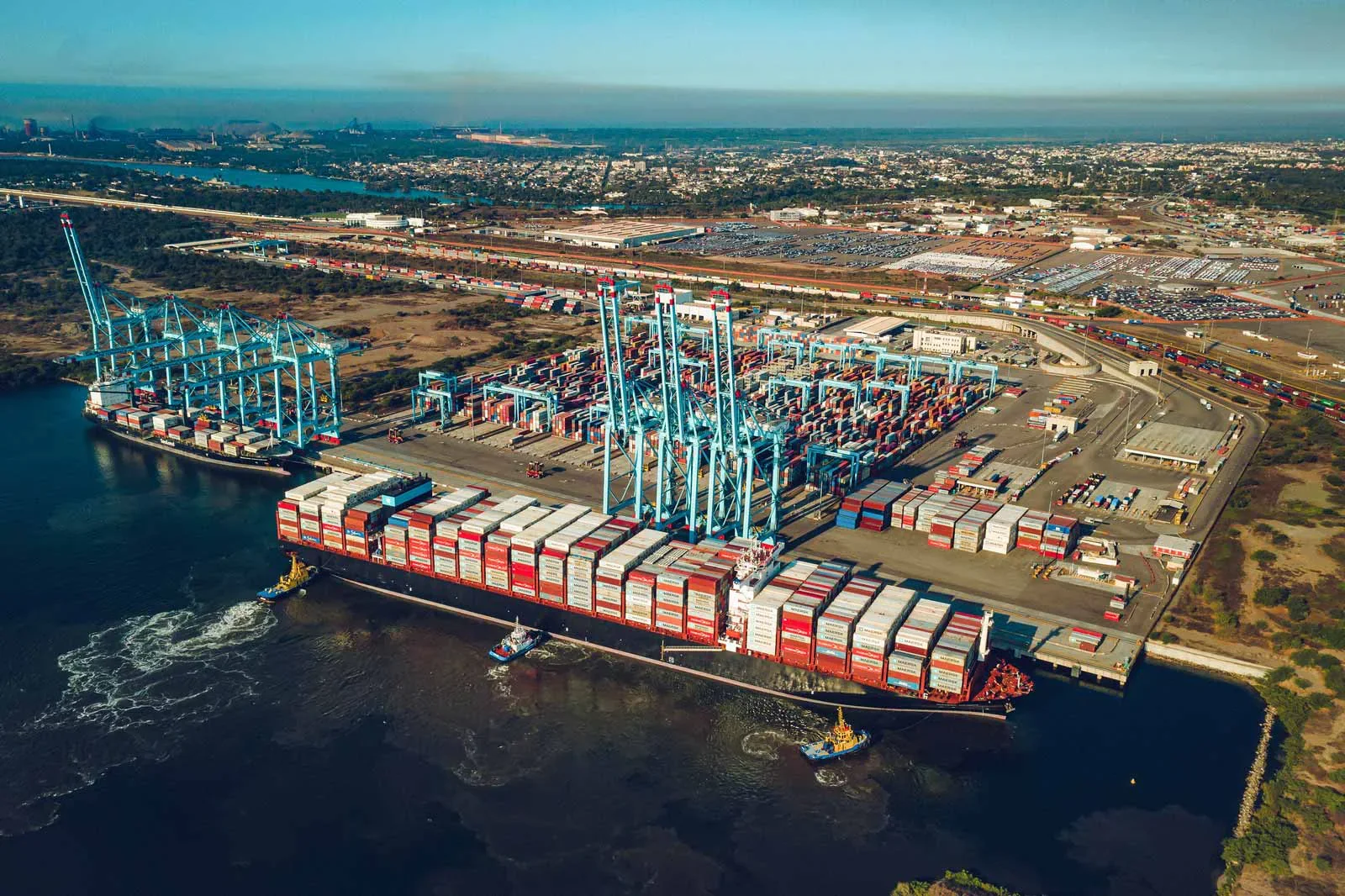
APM Terminals: Maersk’s Bet on Vertical Integration in Global Ports
APM Terminals is not just a global port operator; it is the backbone of Maersk’s integrated logistics strategy. With 77.5 million TEUs handled in 2024, 60+ terminals worldwide, and advanced automation at hubs like Maasvlakte II, APM reduces vessel turnaround, lowers costs, and locks in customers across the supply chain. Its strength lies in integration: terminals aren’t just profit centers, but levers that power Maersk’s end-to-end logistics ecosystem.

PSA International: Mastering Scale and Resilience in Global Ports
PSA International handled over 100 million TEUs in 2024, cementing its place as the world’s leading port operator. With revenues of SGD 7.7 billion and operations in 45 countries, PSA has built resilience through geographic diversification, automation at its Tuas Mega Port, and integrated logistics beyond the quay. Its model demonstrates that scale in ports is not about counting terminals, but about embedding ecosystems that lock in customers and withstand global shocks.
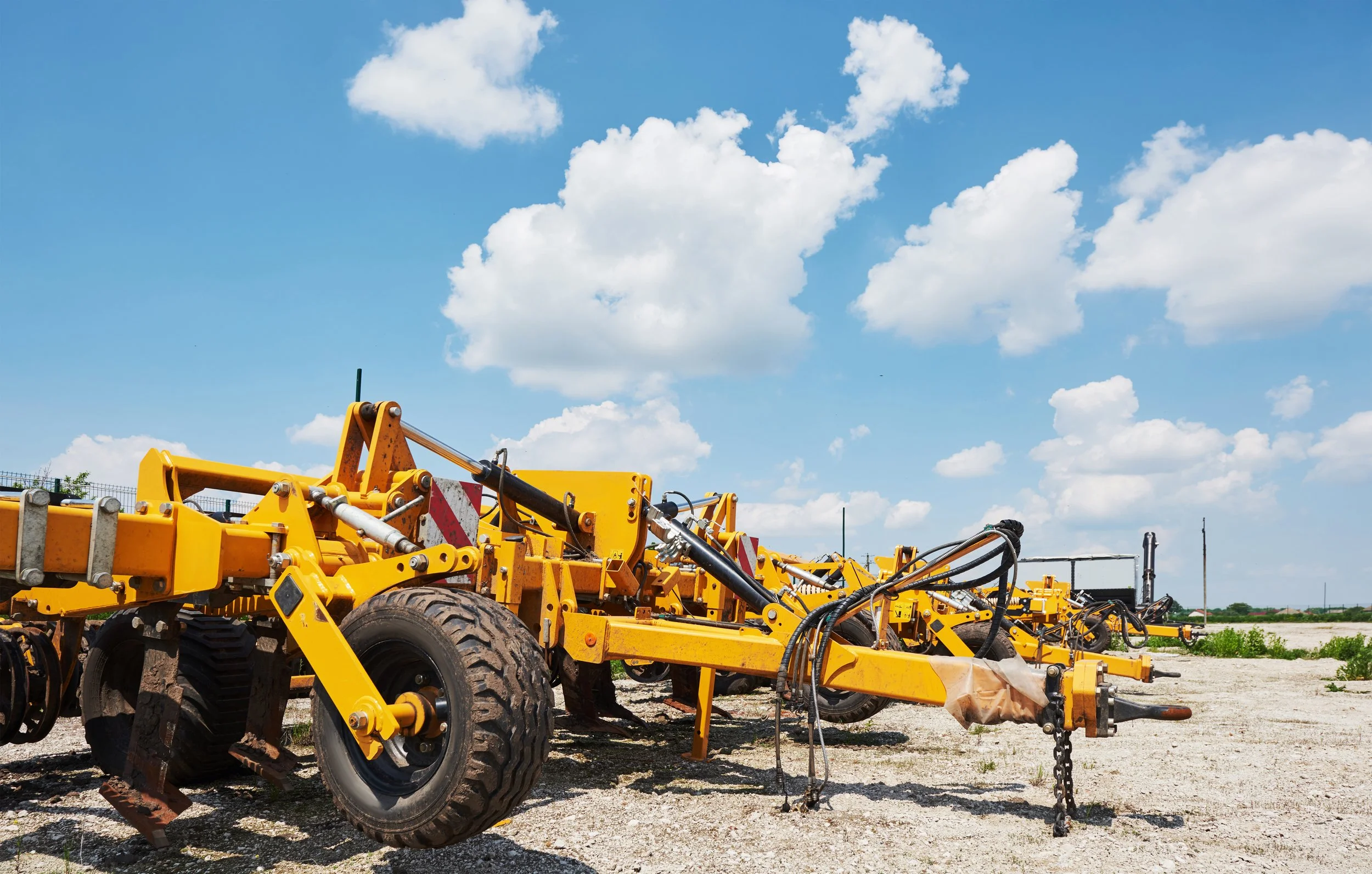
Wrap-Up | What Heavy Equipment Teaches Us About Scaling Supply Chains
Heavy equipment giants like Caterpillar ($67.1B revenue, 13% global share) and Komatsu ($56.5B) show that scaling supply chains is about more than assets. Their moats — dealer networks, aftermarket services, data platforms, and sustainable machinery — mirror the challenges faced by global port operators. From mining and agriculture to construction and civil engineering, these companies prove that resilience comes from integrated systems, customer lock-in, and recurring revenue, not just size.
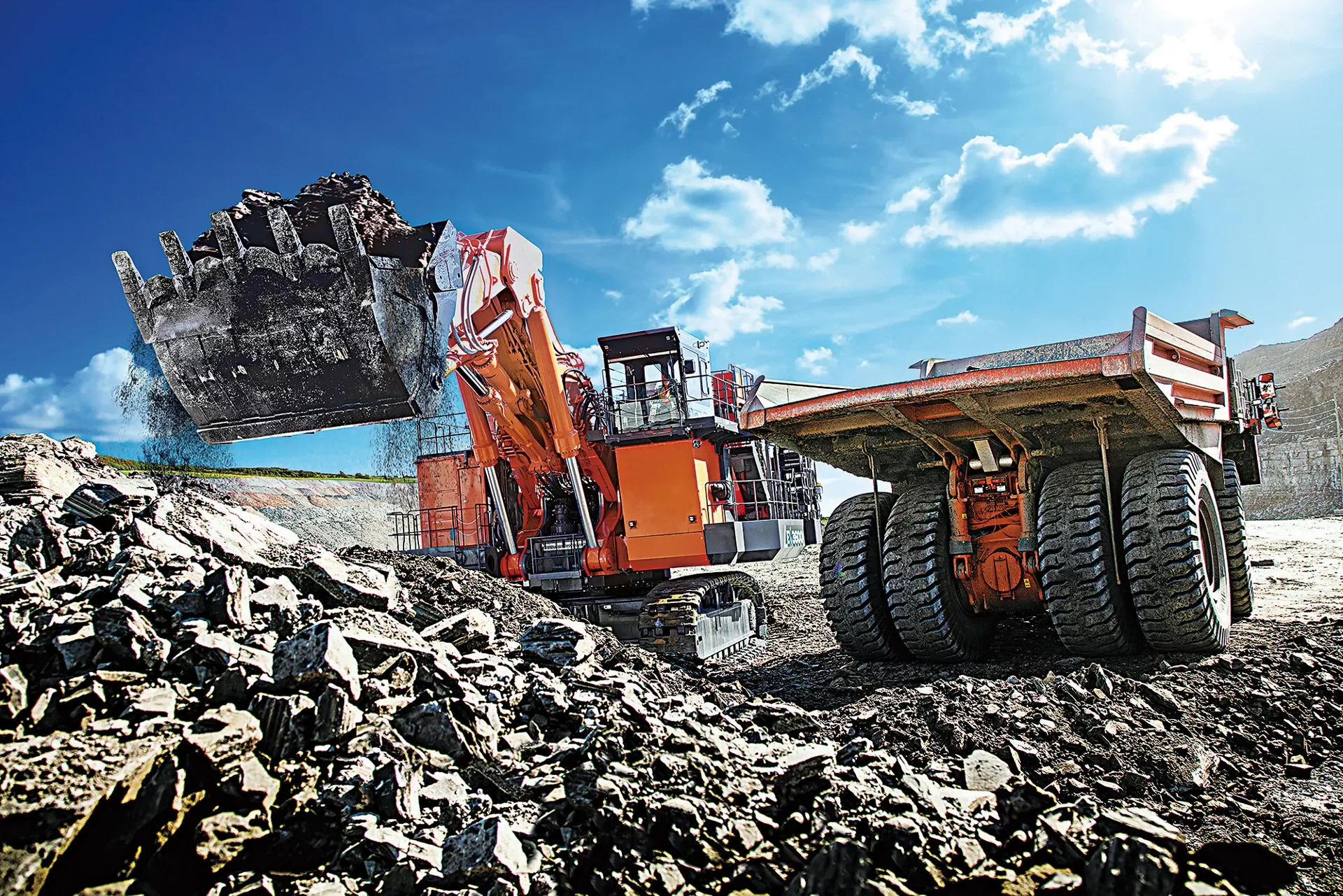
Hitachi Construction Machinery and the Challenge of Competing Without a Moat
Hitachi Construction Machinery remains a top player in excavators and mining equipment, generating $9.9 billion in 2024 revenue. But compared to Caterpillar, Komatsu, and Deere, its structural disadvantages—smaller dealer networks, thinner margins, and reliance on partnerships—show the limits of scale without a defensible moat.

CNH Industrial The Power of Integration in Agriculture and Construction
CNH Industrial may not have the brand recognition of Caterpillar or Deere, but with $23.1 billion in 2024 revenue, it is one of the largest equipment makers in the world. By bundling machinery with financing, insurance, and aftermarket services, CNH creates customer stickiness and resilience across agriculture and construction. Its strategy highlights how integration, not just scale, drives long-term growth.
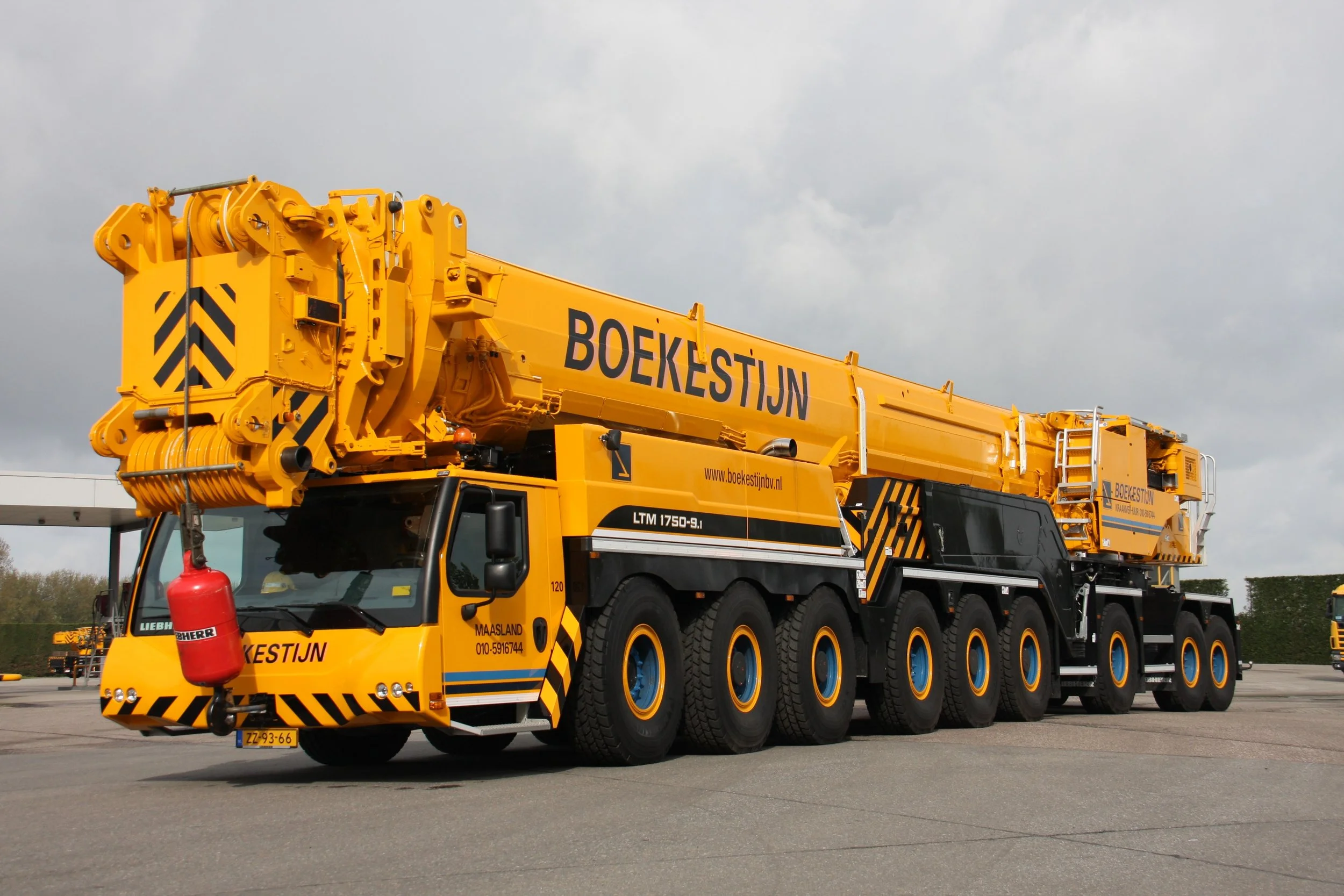
Liebherr: A Decentralized Giant in Heavy Machinery and Logistics
Liebherr is not just another heavy equipment manufacturer—it is a decentralized industrial ecosystem. With €14.9 billion in 2024 revenue, operations spanning construction, mining, aerospace, and maritime cranes, and a unique family-owned governance model, Liebherr offers a rare playbook for resilience in global supply chains. Its decentralized structure, diversified portfolio, and commitment to sustainability make it one of the most quietly influential players in logistics and heavy industry.
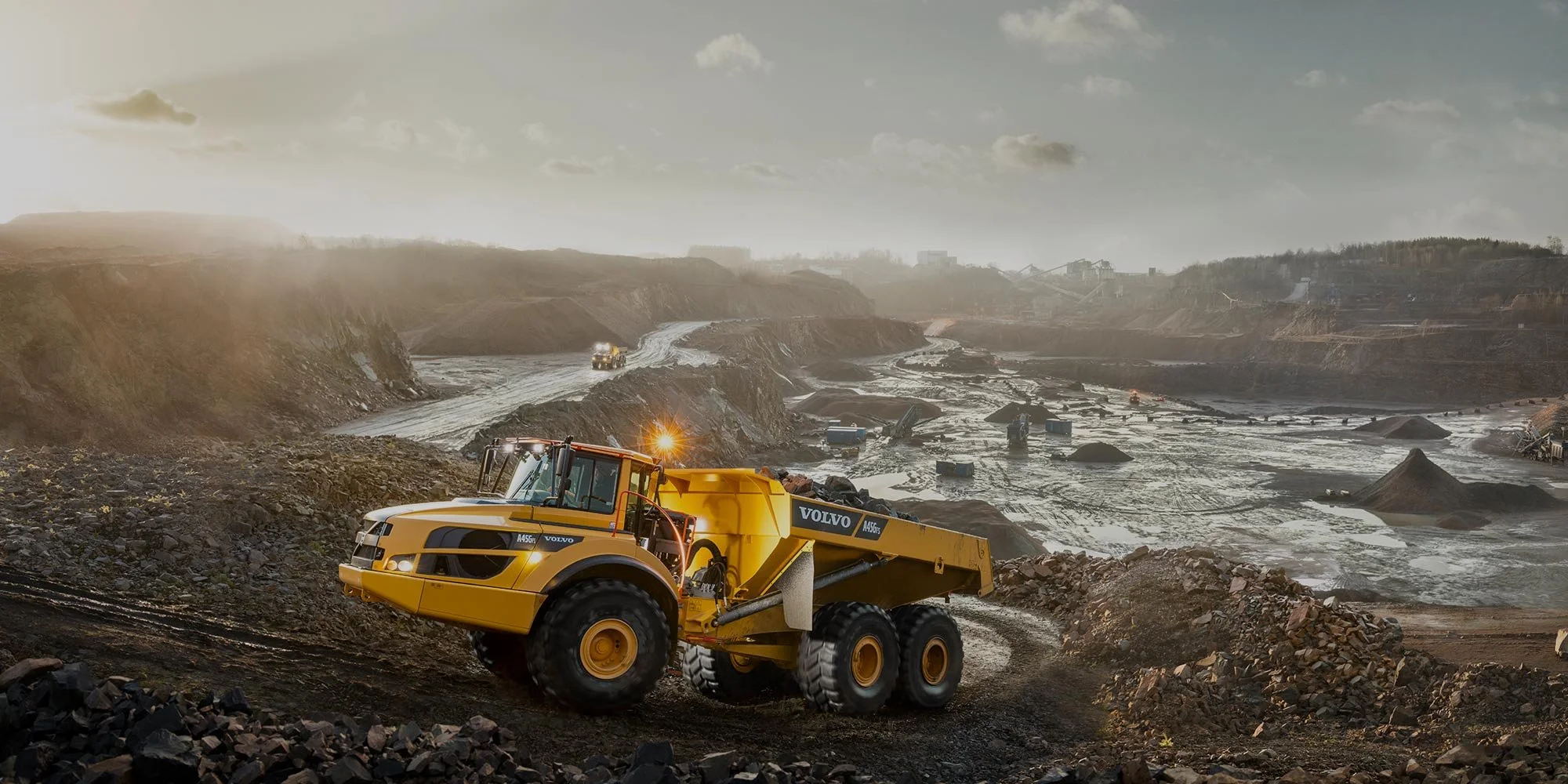
Volvo Construction Equipment and the Push for Sustainable Heavy Machinery
Volvo Construction Equipment is not the largest in its sector, but it is shaping the future of heavy machinery. With $12.2 billion in 2024 revenue, a growing lineup of electric machines, and deep integration with Volvo Group’s logistics ecosystem, Volvo CE is proving that sustainability can be a competitive moat. From compact loaders to articulated haulers, the company is targeting civil construction and infrastructure projects increasingly defined by emissions mandates.
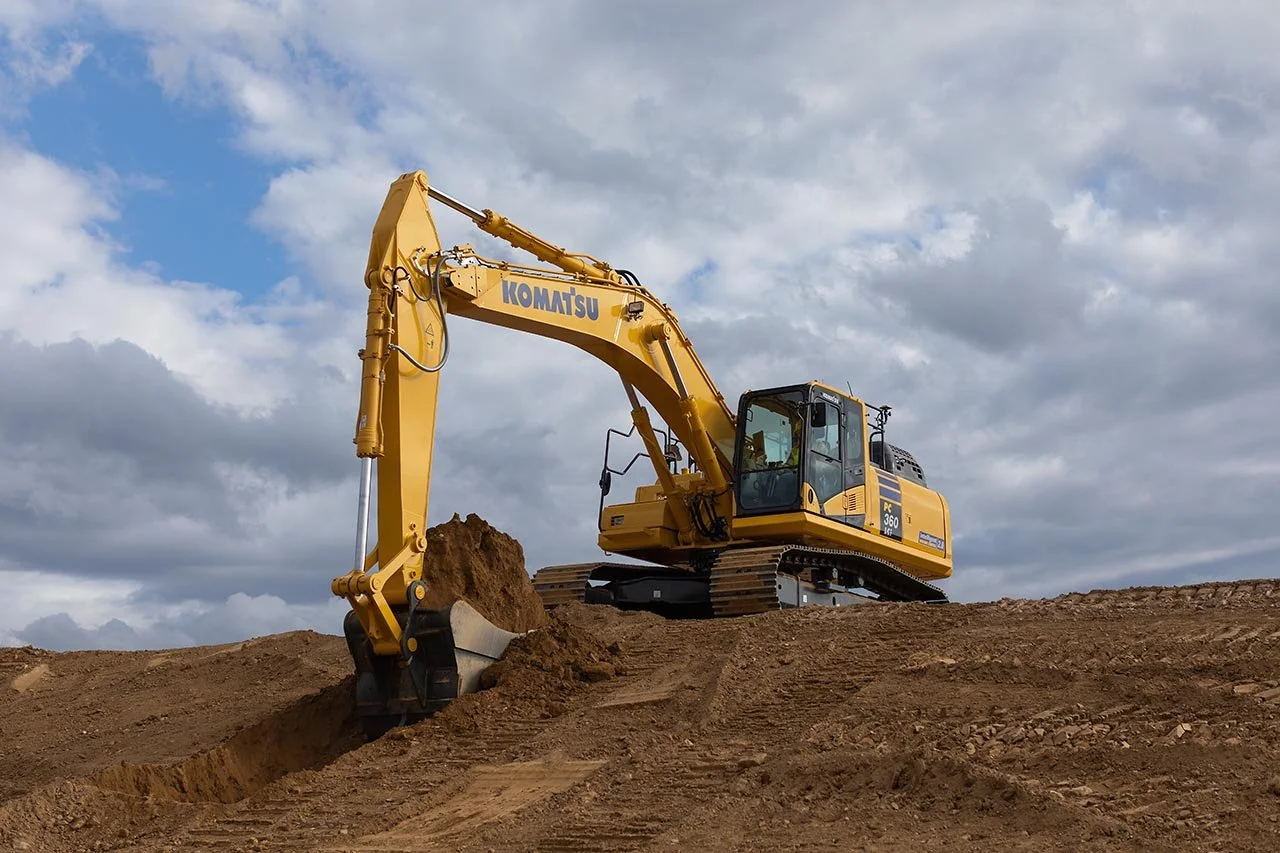
Komatsu and the Art of Distributed Scale
Komatsu has become the world’s second-largest heavy equipment maker, with $54.5 billion in 2024 revenue and an 11 percent global share. Its moat is built not only on size but on resilience: 60+ global plants, market dominance in mining automation, and a telematics platform embedded in over 1.4 million machines worldwide. For industries from construction to mining, Komatsu offers a model of distributed scale that supply chain leaders can learn from.
